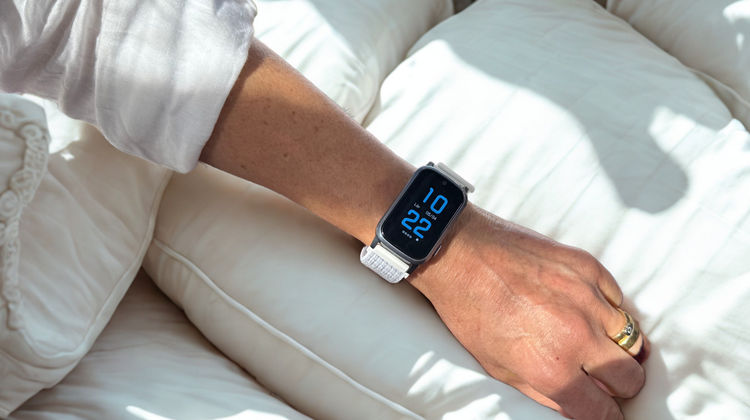Osteoarthritis is a chronic joint disease where cartilage gradually breaks down, causing pain, stiffness, and limited movement. While there is no cure, effective treatments can reduce symptoms, preserve joint function, and prevent complications—including an increased risk of falling.
Treatment is always tailored to the individual, but the core strategies are often the same.
1. Exercise – the foundation of treatment
Targeted physical activity is the first-line treatment for osteoarthritis. It should include:
-
Strength training – builds muscle to support and stabilize the joint
-
Mobility exercises – maintain flexibility
-
Balance training – crucial because osteoarthritis increases fall risk (1)
-
Cardio – enhances general health and pain tolerance
A physiotherapist can help you design and maintain a program that works for your specific condition.
2. Weight loss if overweight
Excess weight places additional pressure on weight-bearing joints like the hips and knees. Losing even 5–10% of your body weight can significantly reduce pain and improve joint function (2).
3. Assistive devices and fall prevention
Osteoarthritis can weaken muscles, affect balance, and alter movement patterns—factors that increase your risk of falling (3). To reduce this risk, support devices may be needed:
-
Canes or walkers to improve stability
-
Braces or orthotics to support the joint
-
Proper footwear or shoe inserts
-
Home modifications like grab bars, lighting, and non-slip mats
Occupational and physical therapists can recommend personalized fall-prevention strategies.
4. Pain relief medication
Medication should support—not replace—other treatments:
-
Paracetamol for mild to moderate pain
-
NSAIDs (e.g., ibuprofen) for inflammation, used cautiously in older adults
-
Topical pain relief such as gels or patches
-
Steroid injections may be used selectively in severe cases
5. Patient education and osteoarthritis classes
Understanding your condition is key. Many clinics offer osteoarthritis education programs, often called “joint schools,” where patients learn about the disease, how exercise helps, and how to manage pain and fall risks.
6. Surgery – a last resort
If pain is severe and other treatments no longer help, joint replacement surgery (usually knee or hip) may be considered. Surgery is only recommended after thorough evaluation.
Safety alarm with automatic fall alarm can increase safety for people with an increased risk of falling
Sensorem’s personal alarm is an example of a technical aid specially developed for people who have an increased risk of falling. The personal alarm can automatically trigger the alarm in the event of a fall and then call relatives using the watch’s built-in speakerphone with two-way communication. The personal alarm works outdoors and has built-in GPS positioning so that relatives can see the user’s position on a map in the Sensorem app.

